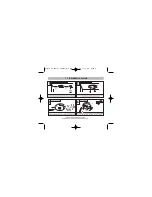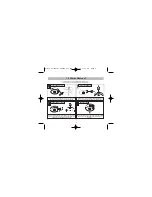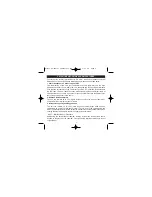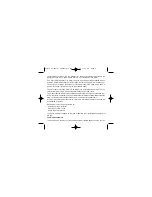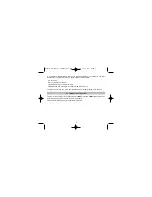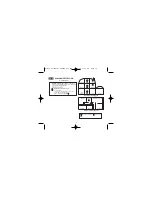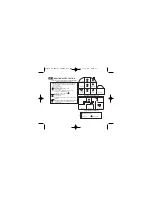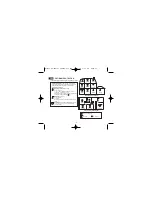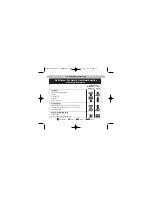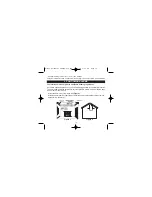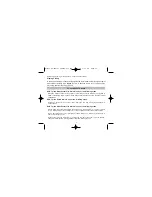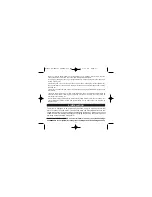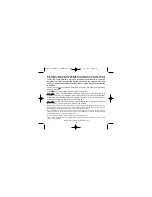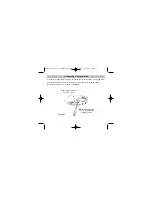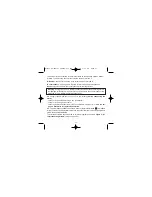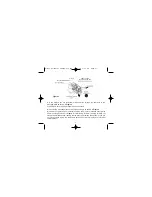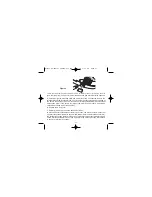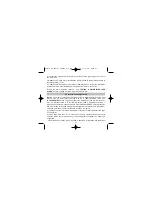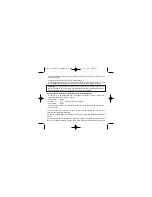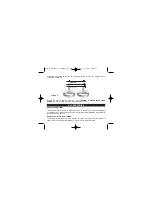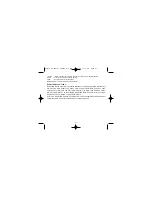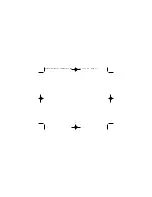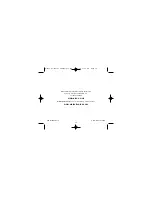
fully cleaned. The wiring can be installed when appropriate.
(Excessive dust and
debris from building work can contaminate the optical sensor chamber or heat
sensor and cause problems. It will also invalidate the guarantee)
. If it must be
installed, first cover it completely, particularly around the edges, with a dust
cover (eg. with the elasticated cover supplied or a plastic bag), until all cleaning
is finished.
The alarm must not be connected when the house wiring insulation is being checked
with high voltages.
i.e. Do not use a high voltage insulation tester on the alarm.
WARNING:
Mains operated alarms should be installed and interconnected by a
qualified electrician in accordance with the Regulations for Electrical Installations
published by the Institution of Electrical Engineers (BS7671). Failure to install this alarm
correctly may expose the user to shock or fire hazards.
WARNING:
The alarm must be continuously powered 24 hours a day so it is important
that it is not on a circuit that can be turned off by a switch.
Note: BS 5839-6: 2004 gives the following recommendations regarding the mains supply to be used in a
Grade D system. The power supply for the alarms should be derived from the public electricity supply to
the dwelling. The mains supply to the alarms should take the form of either:
(a) an independent circuit at the dwelling’s main distribution board, in which case no other electrical
equipment should be connected to this circuit (other than a dedicated monitoring device installed to
indicate failure of the mains supply to the alarms); or
(b) a separately electrically protected, regularly used local lighting circuit.
Alarms should be connected on a single final circuit, unless the means of interconnection is by radio
signals (e.g. RadioLINK).
(See BS 5839-6: 2004 for further information)
18
B16350-R0-Ei2100 SERIES-U&C.qxd 18/9/08 3:46 PM Page 18

